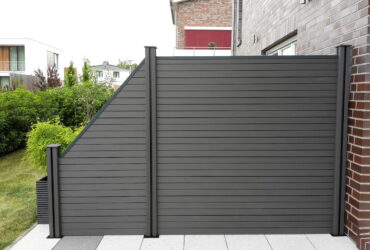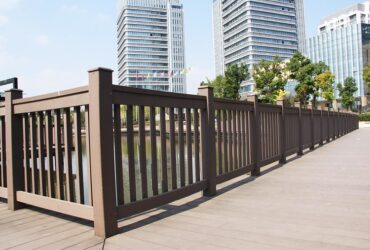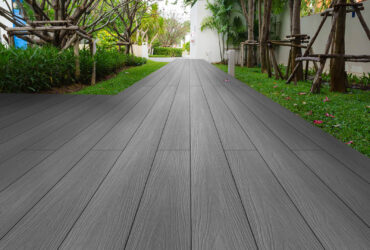Preparation Of Wood-plastic Composites From Waste Plastics
The biggest problem of using plastic and wood fiber to prepare WPC is the poor compatibility between non-polar plastic matrix and polar wood fiber, which cannot form a good bond.In order to improve the interfacial compatibility of WPC, various physical or chemical methods can be used to pretreat the lignocellulosic or polymer matrix,Or add appropriate compatibilizers during the preparation of composite materials to increase the interfacial adhesion between wood fibers and polymer matrix.
Pretreatment of wood fiber or polymer matrix: The interface modification of WPC can pretreat wood fiber and polymer matrix by physical or chemical methods.
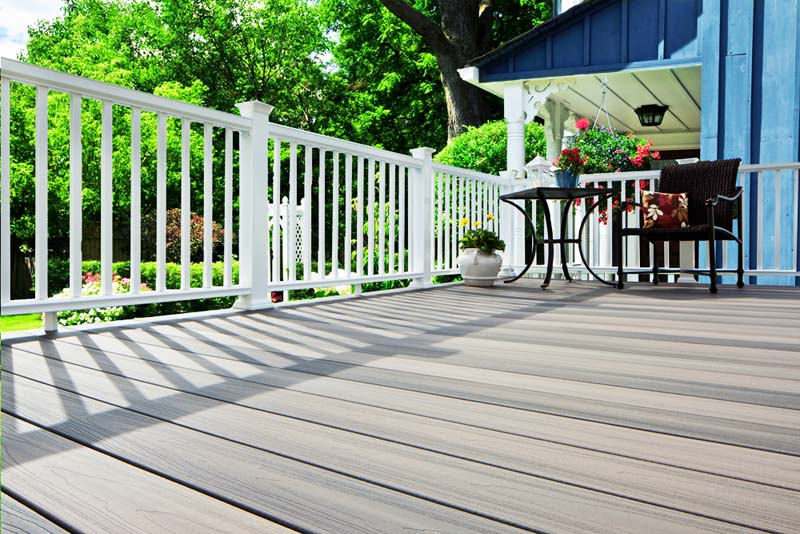
physical method
The physical methods commonly used for pretreatment of wood fibers are mainly heat treatment, steam explosion treatment and electric discharge treatment. Heat treatment is a plant fiber treatment method with great application potential to improve the interfacial compatibility of WPC. Heat treatment refers to the controllable pyrolysis treatment of wood fibers at 180-240 °C in an oxygen-deficient environment (steam, nitrogen, vacuum, heat transfer oil, etc.).During this process, the less thermally stable and more hygroscopic hemicellulose components of wood fibers are partially degraded,At the same time, the amorphous region of cellulose is partially crystallized, the number of free hydroxyl groups on the surface of wood fibers decreases, and the surface free energy weakens. These changes can improve the adhesion of wood fibers in the polymer matrix. In addition, heat treatment has the advantages of relatively simple process and equipment, and no toxic waste, so it is suitable for industrial production.
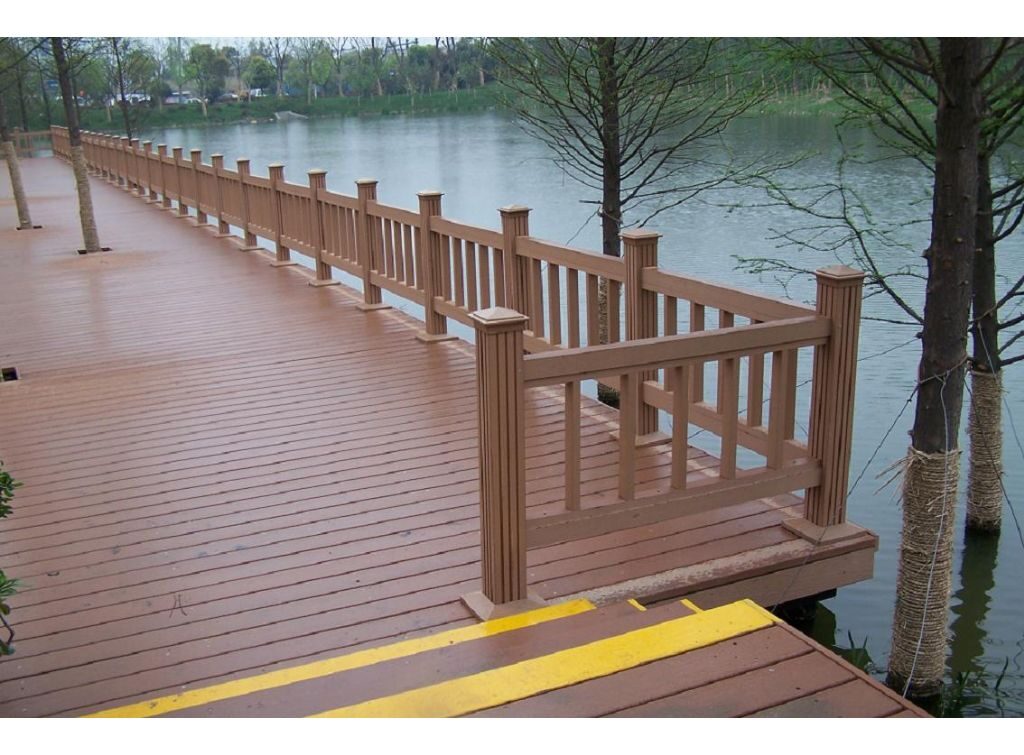
Discharge treatment mainly includes low-temperature plasma treatment, ion sputtering and corona discharge.On the one hand, the discharge treatment will etch the surface of the wood fiber, increase the roughness of the surface, and improve the bonding performance between the wood fiber and the matrix interface;On the other hand, discharge treatment can change the surface energy of fiber molecules, improve the bonding between polar fibers and non-polar polymers, and achieve the purpose of reducing the melt viscosity of composite materials and improving the mechanical properties.
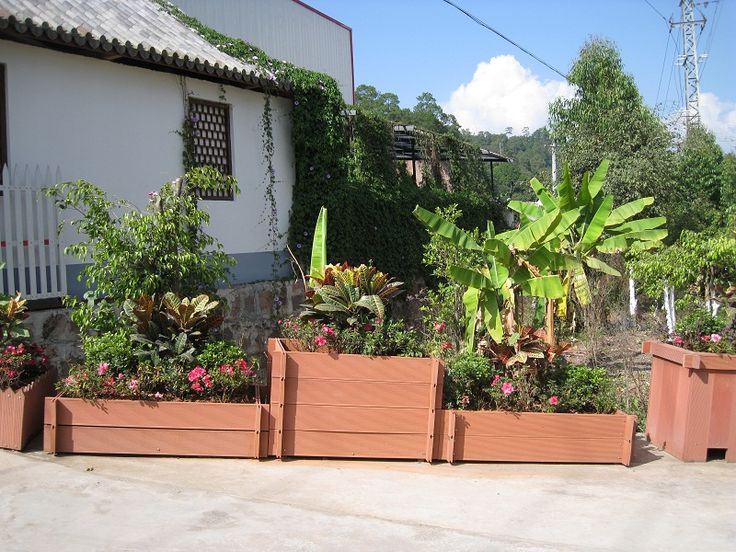
chemical method
Chemical pretreatment is carried out on lignocellulosic or polymer matrix to improve its compatibility with plastic matrix. The most commonly used modification methods are alkalization treatment, coupling agent pretreatment, graft modification and other methods.

